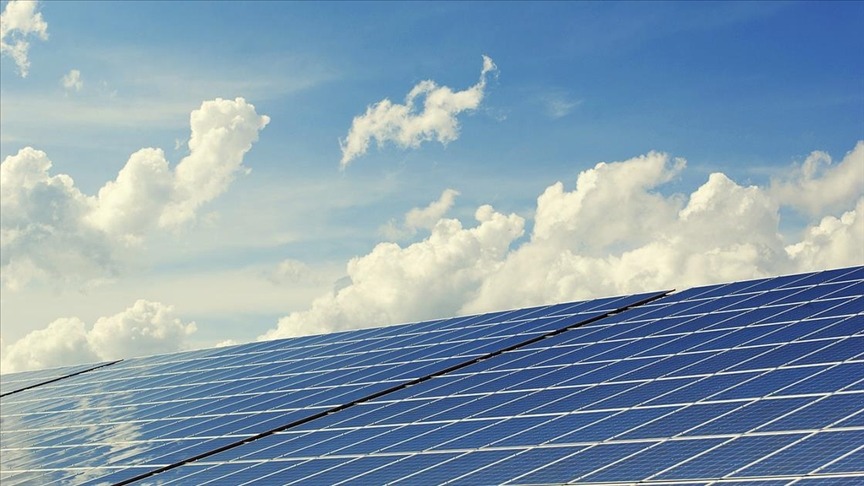Asia
Chinese solar firms shift production to Southeast Asia to avoid U.S. tariffs

Some of the largest Chinese-owned solar factories in Vietnam are cutting production and laying off workers as the United States expands trade tariffs on the country and three other Southeast Asian nations.
Meanwhile, new Chinese-owned solar plants are under construction in Indonesia and Laos, where US trade protections do not apply. According to Reuters, the planned capacity of these facilities is enough to cover about half of the solar panels installed in the US last year.
While Chinese firms have gradually shifted solar production to Indonesia and Laos over the years, the scale of this latest shift has not been previously reported.
William A. Reinsch, a former trade official in the Clinton administration and a senior adviser at the Center for Strategic and International Studies, commented to Reuters: “It’s a big cat-and-mouse game. It’s not that hard to move. You set up the game and play it again. The way the rules are designed, the US is usually one step behind.”
According to SPV Market Research, China accounts for about 80% of the world’s solar shipments, with other export hubs in Asia handling most of the remaining market. This is a stark contrast to two decades ago, when the US led the global solar sector.
America’s solar imports have tripled since Washington began imposing tariffs in 2012, reaching $15 billion last year, based on federal data. In 2023, almost none of these imports came directly from China, with about 80% sourced from Vietnam, Thailand, Malaysia, and Cambodia—countries hosting Chinese-owned factories.
Washington imposed tariffs on solar exports from these four Southeast Asian countries last year and expanded them in October after receiving complaints from US manufacturers.
At least four Chinese-linked projects have launched in Indonesia and Laos over the past 18 months, with two additional projects announced. Together, these projects have a combined capacity of 22.9 gigawatts (GW) in solar cells or solar panels.
Most of this production will be sold in the US, the world’s second-largest solar market after China and one of the most lucrative. According to PVinsights, prices in the US have averaged 40% higher than in China over the past four years.
In trade complaints filed with the US government, US solar manufacturers argue they cannot compete with low-cost Chinese products, which they claim are subsidized by the Chinese government and the Asian countries that import them.
Chinese solar companies counter this argument, asserting that their technological expertise allows them to compete more effectively on price.
Tariffs have become a major topic in the US election, with former Republican President Donald Trump proposing tariffs on all US imports, including a 60% tariff on Chinese goods to encourage domestic manufacturing. In contrast, Democratic Vice President Kamala Harris warns that Trump’s plan would drive up consumer costs in the US.
However, bipartisan support exists for increasing tariffs on Chinese solar shipments to strengthen the US domestic supply chain.
“Going forward, the American people should demand much stricter enforcement of tariffs, especially against China’s use of third countries to circumvent US trade laws,” stated Republican Congressman John Moolenaar, chairman of the House of Representatives’ China Select Committee, in an interview with Reuters.